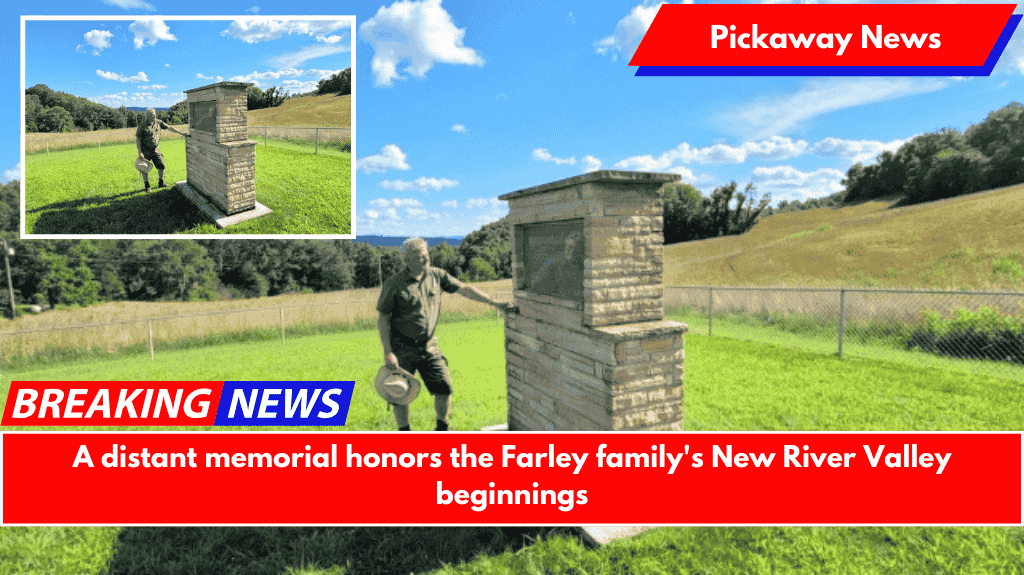PIPESTEM, W.Va. — Many of the thousands of people named “Farley” in southern West Virginia’s New River Valley can trace their ancestors back to Drewry Farley, an early settler.
He and his wife, Mary Adkins Farley, raised their family in an upland pasture overlooking the New River at the summit of Shockley Hill. They are thought to have been the first permanent settlers of European descent in the region.
Most sources agree that Drewry and Mary arrived around 1800, just as the threat of Shawnee attacks had subsided in the region. However, the couple was not unfamiliar with the Border Wars, as those times of hostility were known.
Drewry’s uncle, Thomas Farley, constructed a fort on the New River near Shockley’s Hill in the 1770s. However, Shawnee raiders burned down Farley’s Fort, forcing it to be abandoned.
Matthew, Thomas’ half-brother, was also an explorer and settler in the New River area, as well as a companion of James Ellison, who was captured by Shawnee warriors.
Mitchell Clay, Thomas Farley’s brother-in-law, was attacked along with his family by a group of Shawnee nearby. Two of their children were killed, and the family relocated to more fortified areas of the New River Valley near present-day Pearisburg.
Not coincidentally, the Farley homestead was built along an old native trail that crossed the New River at the bottom of Shockley Hill at a ford known as the Warford.
The trail followed Indian Creek east from the crossing and west, ascending what has long been known as Indian Ridge. Mary Draper Ingles, a frontier heroine, may have been led along this trail after being captured by the Shawnee in 1755.
In 1793, Farley joined Daniel Boone in the company of Hugh Caperton’s Virginian frontier militia at Charleston. He was born in 1760 in Bedford County, Virginia, and died in 1851 in Farley.
Some believe Farley named nearby Pipestem Creek after the reeds in the marshes near its source, which indigenous tribes used to make tobacco pipe stems.
Farley had five sons: Drewry, Jr., Gideon, Frances, Squire, and Henley. His daughters’ names were Nancy, Rachel, and Cleo.
For many years, the old Farley cabin stood in the field, approximately 300 feet south of the current Farley monument. There was a farmstead and village nearby, including a post office known as “Farley” or “Old Farley.”
Old Farley remained a popular local attraction until the 1960s, when the construction of Bluestone Lake on the New River cut off local travel routes. The location is best known as the Bull Falls Campground, which has 15 lakefront campsites on the New River just below the old town.
Drewry Farley’s grave is marked by a monument in the Farley Cemetery at Old Farley, located off Grape Vine Lane and Broadway Road near Gravely Point Road.
The monument, which stands taller than the other stones in the small cemetery, features an inscribed granite plaque honoring the Farley family. The monument is not located at the Drewry Farley Cemetery on River Ridge Road, a mile to the north.
Old Farley and the monument are about 2.3 miles from Pipestem, West Virginia, and the Pipestem Resort State Park. The Google coordinates for the landmark are 37.536338, -80.925904.














